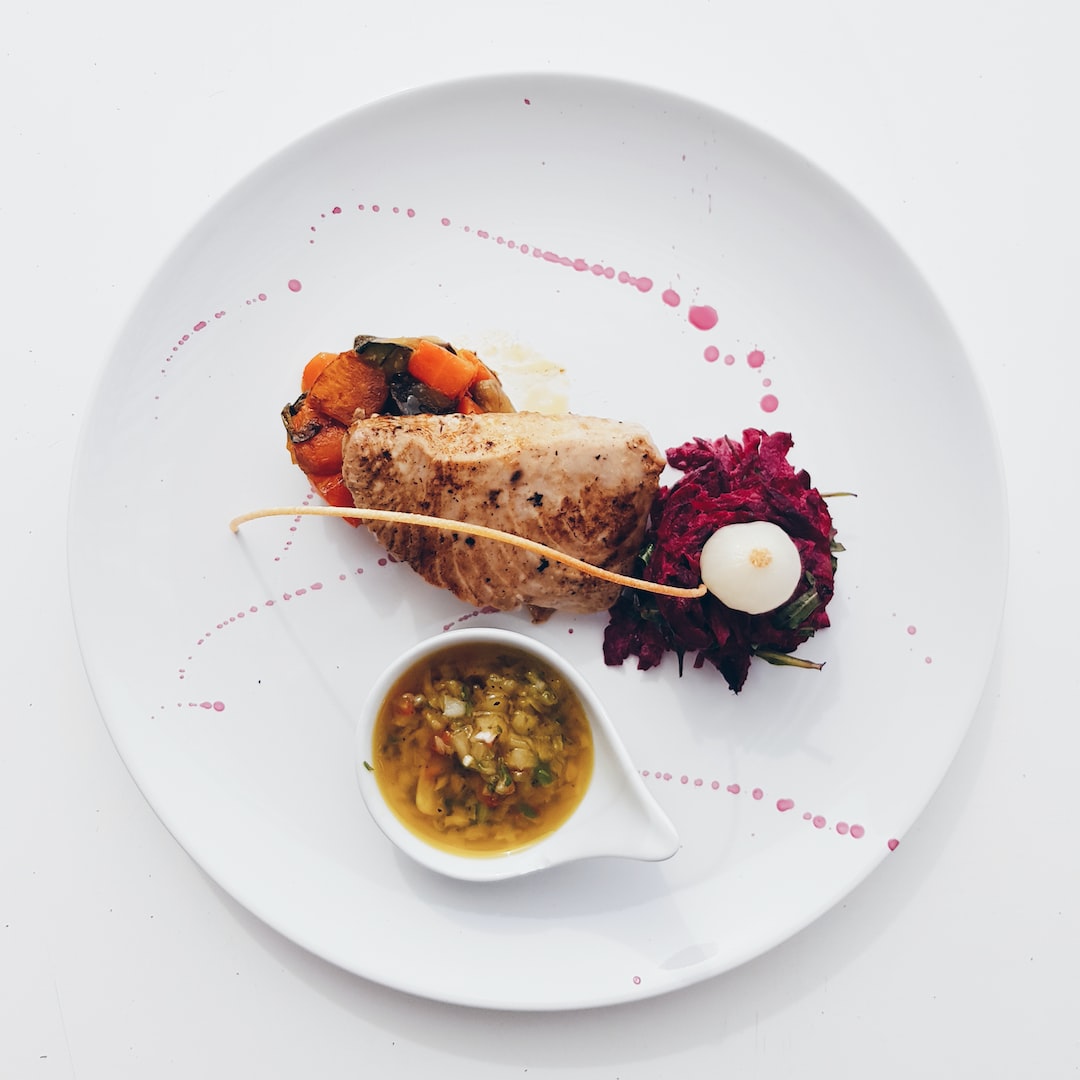The Fascinating History of Chocolate: From Ancient Mayans to Modern Indulgence
Chocolate, a beloved treat enjoyed by people around the world, has a rich and fascinating history that spans thousands of years. From its origins as a sacred beverage in ancient Mayan and Aztec civilizations to its status as a luxurious indulgence in modern times, chocolate has captivated the taste buds and imagination of humanity throughout the ages.
To fully appreciate the journey of chocolate, we must start in Mesoamerica, where cacao, the main ingredient of chocolate, was first cultivated. The ancient Mayans and Aztecs believed that cacao was a divine gift from the gods. They valued it so highly that they used cacao beans as currency and incorporated the bitter beverage made from cacao into their religious ceremonies.
The process of making chocolate in ancient times was quite different from what we are accustomed to today. Cacao beans were harvested, fermented, and then dried before being roasted and ground into a paste. This paste was mixed with water, spices such as chili, vanilla, and honey, and then frothed to create a frothy and slightly bitter beverage known as xocoatl.
When the Spanish conquistadors arrived in the Americas in the 16th century, they were introduced to the world of chocolate for the first time. Fascinated by this exotic and potent beverage, they took it back to Europe, where it quickly became a favorite among the aristocracy. However, the Europeans found the bitter taste of the original drink unappealing, so they added sugar and milk to make it more palatable.
As chocolate spread throughout Europe, it became associated with indulgence and luxury. It was consumed primarily by the elites, who held elaborate chocolate-drinking ceremonies and even used chocolate to treat various ailments. By the 18th century, chocolate houses had become popular social gathering places, where people would meet, drink chocolate, and engage in intellectual discussions.
The Industrial Revolution in the 19th century brought significant changes to the world of chocolate. The invention of the cocoa press enabled the separation of cocoa butter from the cocoa solids, resulting in the creation of solid chocolate. This breakthrough paved the way for the mass production of chocolate bars and other confections, making chocolate more accessible to the general public.
In the early 20th century, renowned chocolate companies like Cadbury, Nestlé, and Hershey emerged, bringing chocolate to the masses on a global scale. These companies introduced innovative techniques and marketing strategies that further popularized chocolate as a sweet indulgence and a symbol of love and affection.
Today, chocolate is enjoyed in various forms and flavors, from creamy and milk chocolate to rich and dark chocolate. It continues to captivate our taste buds and plays a significant role in our social and cultural lives. We give chocolate as gifts, use it to celebrate special occasions, and find comfort in treating ourselves to a delicious bar or dessert.
In recent years, there has been a growing awareness of the health benefits of chocolate, particularly dark chocolate with high cocoa content. Studies have shown that dark chocolate contains antioxidants that can potentially improve heart health, boost brain function, and elevate mood. This newfound appreciation for the health benefits of chocolate has led to a surge in artisanal and high-quality chocolate production.
From its sacred origins in ancient civilizations to its modern-day status as a beloved treat, the history of chocolate is filled with fascinating stories of cultural exchange, innovation, and indulgence. Whether you prefer a classic bar or an exotic truffle, the allure of chocolate continues to enchant and captivate us, making it one of the most cherished and enduring culinary treasures of all time.

